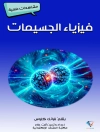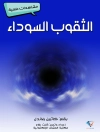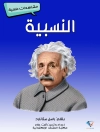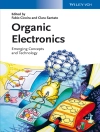The book covers all aspects of laboratory elementary particle phenomenology, dealing with the two main interactions as described by the electroweak theory and quantum chromodynamics. It outlines the historical development of the theoretical framework, including the experimental motivations and discoveries of the last and present centuries. The interplay between theory and experiment is central to the presentation, as is the physical reasoning behind every step taken.
This 2nd edition includes various important topics omitted from the first printing and also includes new material, both experimental and theoretical, that has emerged over the last decade of intense activity at CERN and elsewhere. The book additionally includes many exercises with complete worked answers.
Key Features
- Provides careful scientific motivation for each theoretical and experimental development
- Is pedagogical and self-contained
- Contains many fully worked exercises
- Offers up-to-date information with the most recent theoretical and experimental advances
表中的内容
Appendices
A. Background notes
B. Quantum mechanics
C. Scattering theory
D. Exercises
关于作者
Philip G Ratcliffe has been a research assistant at Cambridge and London Universities and with the INFN Milan and Turin sections. In 1996 he moved to the School of Sciences in Como, at the University of Insubria, to take up a permanent position as a University Researcher in Theoretical Physics. His research activities regard elementary particle physics theory and phenomenology and he has spent periods visiting such institutions and laboratories as CERN, MIT, SLAC, Fermilab, BNL, INT (Seattle), the CPT in Marseille and the University of Paris.












